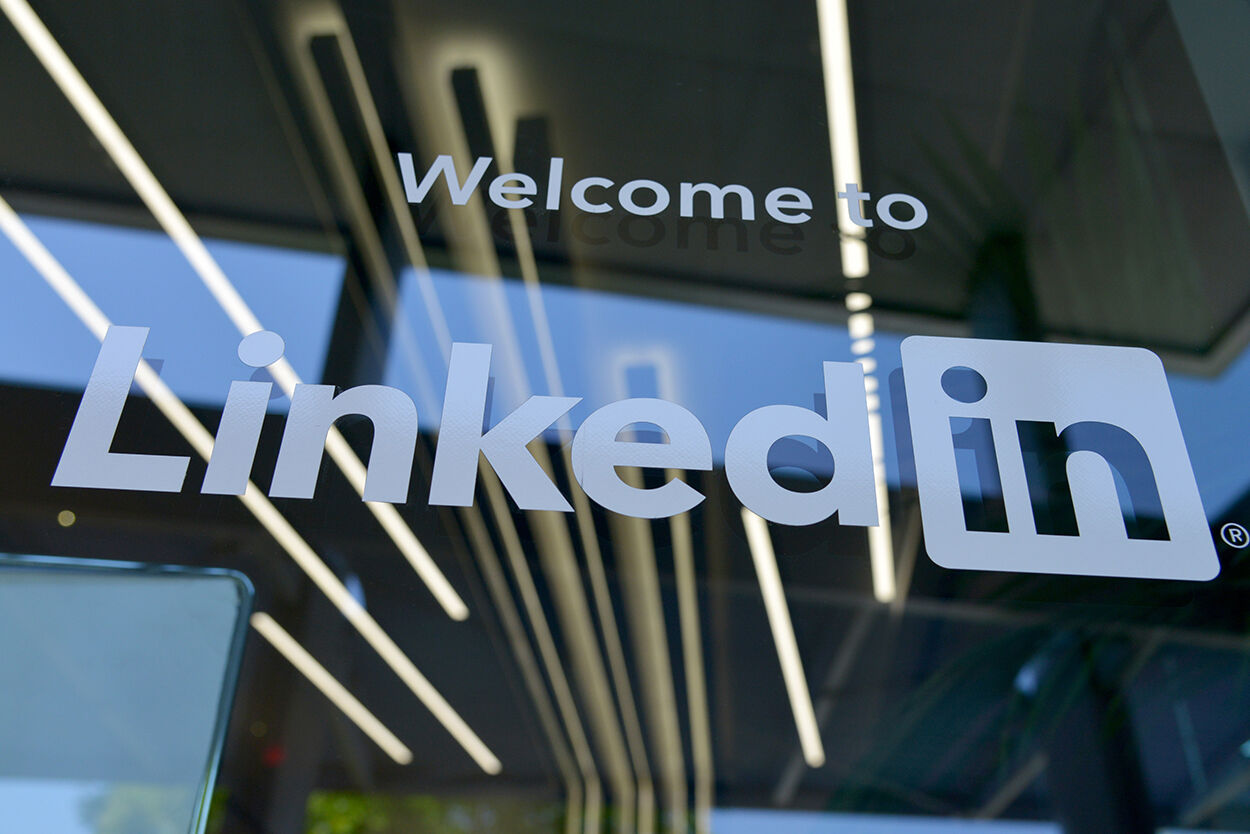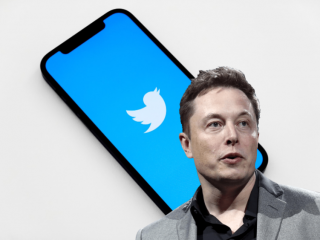In 2021, LinkedIn topped out at over 675 million users worldwide.
As a social network, it’s behind some of the others: in the same period of time, Instagram registered over 1,074 million users, Facebook claimed 2.91 billion, and TikTok increased by 45% to 1 billion users.
Per month.
LinkedIn can’t compete on a reach front with other social networks. It’s also one of the more complicated social networks to get right: a fully professional, some-holds-barred social media platform where the rules of getting any kind of traction rely on using LinkedIn in a certain way and making a conscious effort to use it often.
For businesses, this could be too much time to invest in a social media network with no apparent return on investment.
It isn’t.
Your business leaders should be on LinkedIn. As a social network for professionals, it does what Facebook, Instagram, and Tiktok can’t really claim to do: create a space where you can talk business.

How to make LinkedIn work for you
One of the biggest reasons people avoid LinkedIn is because they’re happy in the job that they have.
That’s great.
But it shouldn’t keep you from using LinkedIn.
LinkedIn is more than just somewhere to put your CV and scroll through job-listings when your day at work makes you question why you stay with your company. If you’re in a key position at your organisation – CEO, CFO, business manager, marketing manager, director of sales; any management position – having a well-put-together LinkedIn profile is the best thing you can do for your organisation.
Here’s why.
LinkedIn for Business
LinkedIn has one of the best buyer-marketer relationships for social media networks.
- Over 65 million users on LinkedIn can make business decisions.
- LinkedIn has been ranked first as the most trusted social media platform for five years running.
- Brands have seen a 33% increase in purchase intent after using ads on LinkedIn.
- 40% of B2B marketers consider LinkedIn as the most effective channel for high-quality leads.
The audience you want to talk to is on LinkedIn.
And the only way to communicate with that audience is by using LinkedIn as a key leader in your organisation.

Lead(ership) by Example
If anyone is looking you up on LinkedIn, something you’ve said or done has made an impact.
Keep that in mind when you’re building your profile. People in leadership positions are going to be the first profiles potential customers and clients look up, so making sure that your profile is up to date, active, and shows the best side of your company is the first step you need to undertake.
There’s more.
Curate what you talk about.
We say this for every social media, but on LinkedIn, having even a basic idea of what conversations you’re going to reply to, what you’re going to post, and how you’re going to have those conversations needs to be laid out before a profile is made.
Potential clients are on LinkedIn. They’re looking for companies to do business with; companies that align with their values and opinions on what’s going on in any given industry.
They’re looking for thought leaders.
Building your profile on LinkedIn isn’t the same as building your profile on any social media.
The people who are on LinkedIn want to know about what you stand for, what your business is, how your company handles a crisis, what your employees think of the way you do business.
It’s vital that you give them that information.
Executives who use LinkedIn have an unmitigated control over the sort of message they can put out about their company, while simultaneously allowing people a deeper look and a better understanding of what their company is and what it stands for.
LinkedIn Leadership: Case Studies

Richard-Muscat Azzopardi, CEO at Switch Digital
Our CEO, Rik, made a lockdown mission to try and understand how to lead effectively on LinkedIn.
This is what he discovered.
“I went into lockdown being a relatively sporadic user of LinkedIn. I gave it more time because it enabled me to forge new connections when we were locked in, and I discovered a whole new aspect to the platform.
Beneath all the vacuous boasting and silly posts about simple sums there is a wealth of information and a hell of a lot of interesting people who are there to actively network in meaningful ways.
I also learned another extremely important lesson.
People browse the platform but don’t interact. I learned this when I started meeting people in person again and they’d bring up my LinkedIn posts in conversations, even though I’d have remembered if they had interacted with them.”

Satya Nadella, Chairman of Microsoft
From the one-liner ‘About’ section to the updated articles tab, Satya Nadella’s feed is an excellent example of when your feed reflects who you are. As CEO and Chairman of Microsoft, Nadella doesn’t need an updated LinkedIn to make connections, but Nadella still makes it easy for people unfamiliar with Microsoft to understand his perspective by posting frequently about the real-life applications of Microsoft’s products and services.
Follow Satya Nadella on LinkedIn

Cindy Hook, CEO of Deloitte Asia Pacific
Hook’s profile is a mix of personal and professional: not only does she highlight interesting business news from all around the Asia Pacific, she leverages her formidable profile to post about topics that interest her on a personal level, such as environmental awareness and business opportunities in her home-country, Singapore.
LinkedIn Leadership: Takeaways
Using LinkedIn the right way has a definitive return on investment. Put in time, and you grow your following, expand your business reach, and connect with people who can make the decision to work with you.
Ignore it, and wait a few years: sooner or later, marketing on LinkedIn is going to be necessary. As one of the only social media on the internet where what matters most is results and how you do business, LinkedIn is important for business.
How important it is for your business is up to you.
Here are a few tips to help you:
- Make connections with people who can provide value. This doesn’t mean that you should go connecting with everyone in your industry; the opposite, in fact. Connect with the people in your industry who you might have things in common with, who might be able to help you and who you might be able to help.
- Set a time and pace for posting. LinkedIn isn’t about volume: it’s about the quality of what you have to say, and the people who are listening when you say it. Keeping an eye on what kind of response you get when you post is how you figure out how to tailor your message.
- Stay authentic. It’s tempting to hop on the bandwagon and talk about the latest big industry news, but unless you have an insight on it that hasn’t been said, it’s not going to net you the kind of following you’d need to make an impression on LinkedIn.
- Your employees are going to be your biggest asset and your best way of amplifying your message. If they’re on LinkedIn, connect with them too – and give them good things to say about you.
LinkedIn is a powerful way of getting your message across to people who can make a change in the way you do business, but to use it the way it’s intended, you need to put in the time.
If you need help getting started, drop us a line – we’re always happy to help you tell a better story.




